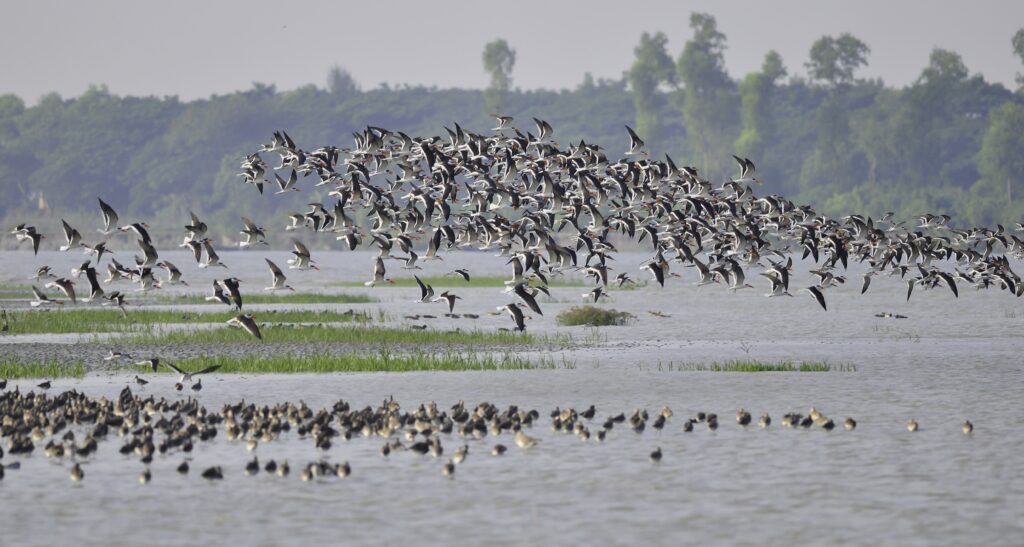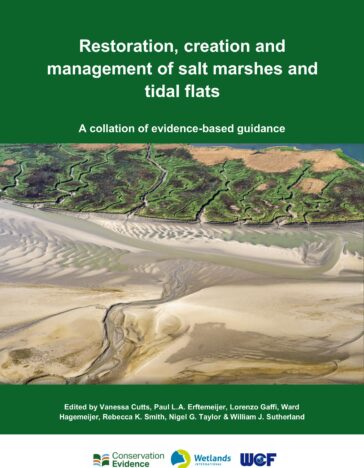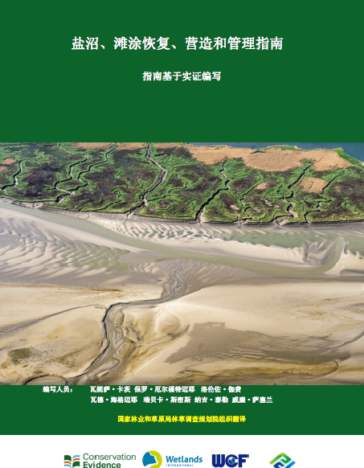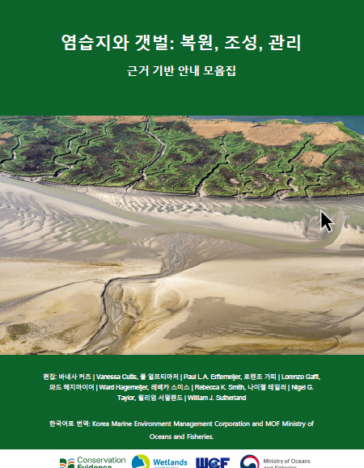
Restoration, creation and management of salt marshes and tidal flats
Salt marshes and tidal flats serve as vital habitats for biodiversity and are critical in protecting coasts against erosion and floods. Yet, they have undergone substantial loss and transformation over millennia. Especially in recent decades, this loss is impacting species of high conservation concern, including migratory water birds that depend on these intertidal areas. There is increasing movement to restore salt marshes and tidal flats, driven by ambitious global targets for biodiversity conversation, climate mitigation and the need to protect vulnerable coastlines.

The Guidelines for restoration, creation and management of salt marshes and tidal flats are a collaborative effort between Wetlands International and the Conservation Evidence Group at Cambridge University, incorporating insights from an international panel of experts. These guidelines are a critical resource and the first of its kind in supporting practitioners and decision-makers with evidence-based best practice guidance for the restoration, creation and management of salt marshes and tidal flats.
The guidelines are the first module of the World Coastal Forum World Coastal Ecosystem Conservation Toolkit and have been developed under the Flyway Bottleneck Yellow Sea project funded by Arcadia—a charitable fund of Lisbet Rausing and Peter Baldwin.
Downloads
Downloads
For more information, contact
Lorenzo Gaffi




